| Structure | Name/CAS No. | Articles |
|---|---|---|
 |
dioxybenzone
CAS:131-53-3 |
|
 |
Acetonitrile
CAS:75-05-8 |
|
 |
Salicylic acid
CAS:69-72-7 |
|
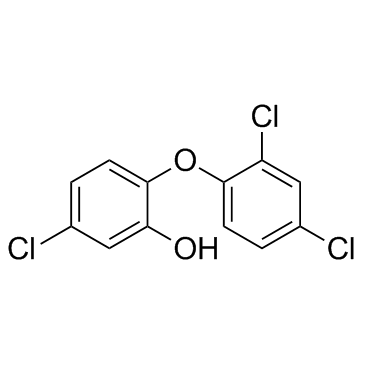 |
Triclosan
CAS:3380-34-5 |
|
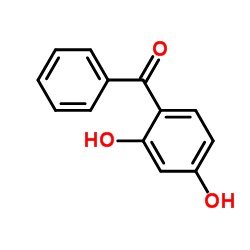 |
2,4-Dihydroxybenzophenone
CAS:131-56-6 |
|
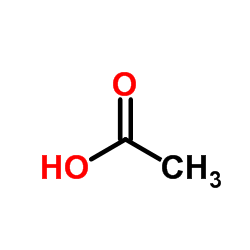 |
acetic acid
CAS:64-19-7 |
|
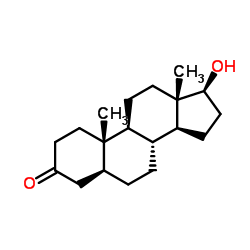 |
Stanolone
CAS:521-18-6 |
|
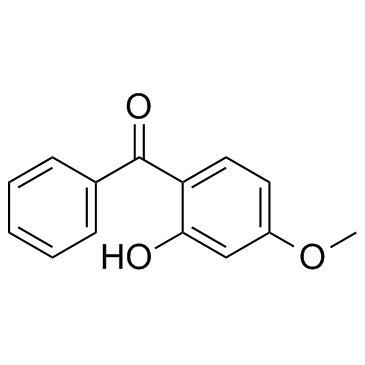 |
Oxybenzone
CAS:131-57-7 |
|
 |
acetic acid
CAS:1173022-32-6 |
|
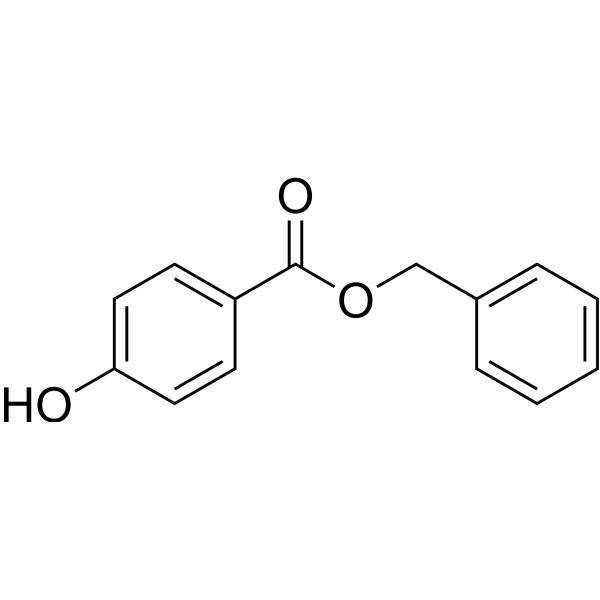 |
Benzylparaben
CAS:94-18-8 |